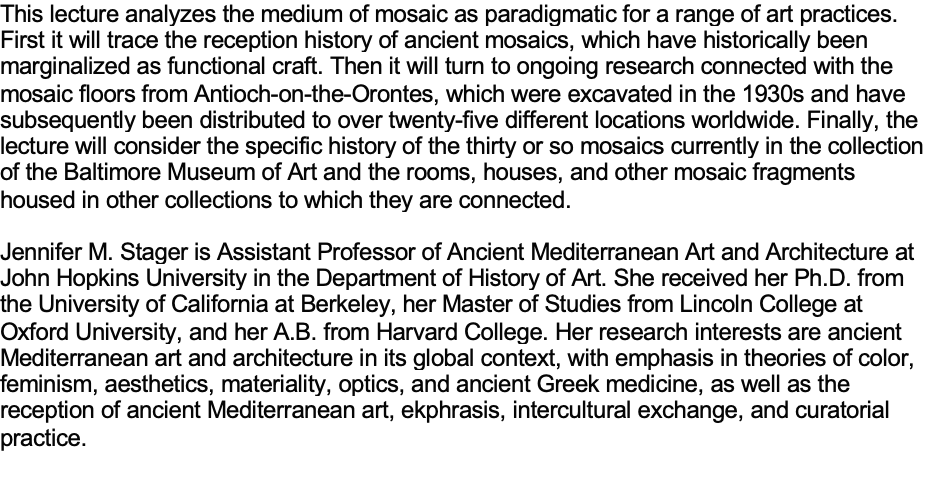Title: Ecological Aquaculture and Domesticated Waterscapes in Ancient Maya Society, Subsistence, and Art in Chiapas, Mexico
Speaker: Dr. Joel Palka, Associate Professor, School of Human Evolution and Social Change, Arizona State University
When and Where: Saturday, October 15, 2022; Pueblo Grande Museum , 4619 E Washington St
Phoenix, AZ 85034
More information: https://www.phoenix.gov/parks/arts-culture-history/pueblo-grande and for International Archaeology Day https://www.archaeological.org/programs/public/archaeologyday/
Wilhelmina and Stanley Jashemski Lecture
Dr. Palka’s ongoing archaeological and anthropological project at Lake Mensabak in Chiapas explores past to present Maya use of modified waterscapes for fishing and managing plant communities. At this and other sites in the region, Maya people collectively dug canals and made reservoirs for large-scale, integrated ecological aquaculture. Like domesticated landscapes for agriculture, people in the Mesoamerican culture area engineered water works for harvesting fish, turtles, waterfowl, and aquatic plants for household consumption. This presentation covers insights from archaeology, Maya collaborations, art, and ethnohistory indicating that fisheries can be added to current research on raised fields, water control, subsistence ecology, and community organization in Mesoamerica.








